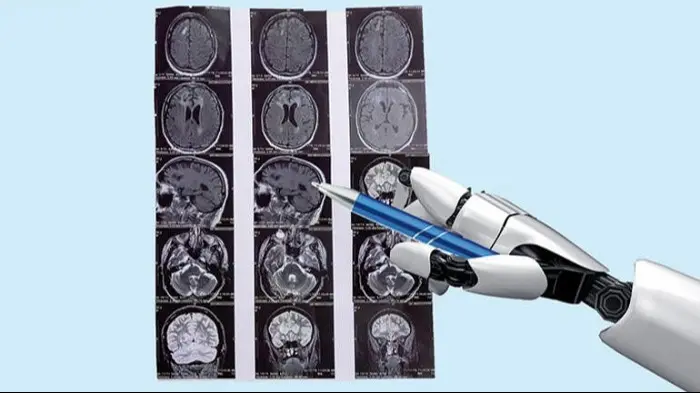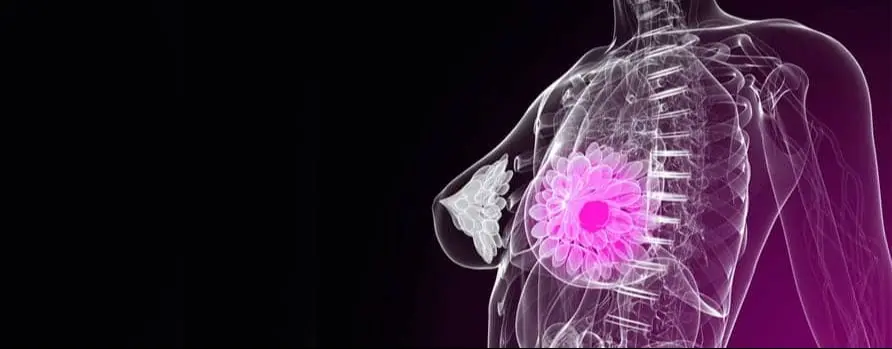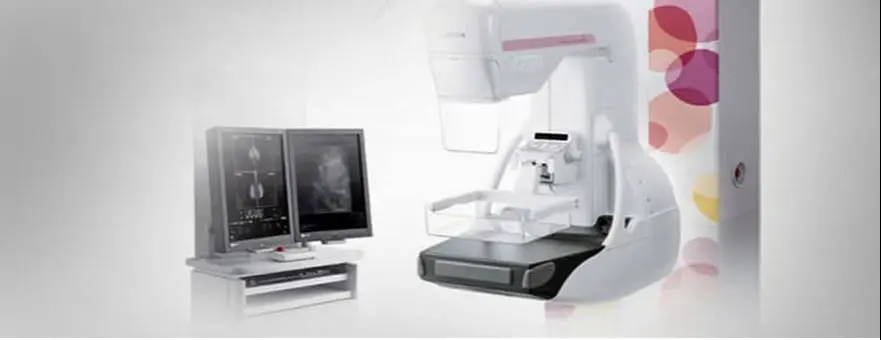Here is the professional English translation of the text you provided:
The Ministry of Health Has Started Using Artificial Intelligence for COVID-19 Diagnosis
I asked software developer and doctor Levent Çelik, one of the pioneers of this technology, how the process works:
“We have been working together for many years. Thanks to artificial intelligence, my confidence level is also increasing.”
Does the idea of AI diagnosing diseases sound futuristic to you?
Not far off. In the near future, you may encounter patients saying, “I won’t go into surgery unless AI has seen my images.” Artificial intelligence has great potential in medicine. Especially with techniques like CT and MRI, it enables machine learning processes, allowing AI to learn quickly. One of the latest examples is COVID-19 diagnosis. The Ministry of Health has included the support of AI in CT imaging on its agenda.
In radiology, Prof. Dr. Levent Çelik’s best assistant is an AI system...
They learn from each other and develop together. Before starting his medical career, Dr. Çelik studied computer science and worked at IBM. A software developer and a doctor is a rare combination. Thanks to this unique background, he contributed significantly to the development of Transpara, the world’s first diagnostic software approved by the FDA. Having standardized over 80,000 CT scans in the database, Çelik is almost like a teacher to AI.
What does a daily routine look like for a doctor working with AI?
Before I give a report to the patient, every mammogram is reviewed by two AI systems. Then I read their reports. We have been working together for many years with Transpara. We are also testing a Korean-origin software.
Radiology seems to be the most suitable field for AI due to imaging techniques?
Yes, image processing and machine learning technology have rapidly expanded. About 30% of the topics at the world’s largest radiology congress relate to AI. All doctors are considering where this technology will fit into their specialty.
How do patients react? Are they reassured?
Patients accept AI as an assistant—an extremely intelligent one. They are happy because it represents superior intelligence. AI has a positive image and synergy. Patients feel better and safer.
You feel the same?
Yes. Evaluating an image alone and evaluating it with AI assistance are very different. My confidence level rises, too. The hardest thing is writing “normal.” When you find cancer, you feel relief as if you solved the puzzle. It means treatment will start. But when you write “normal,” you worry: “Did I miss something?” When AI says “normal,” I feel relieved too; it reduces my anxiety.
You are a doctor with a programming background and contributed to the world’s first AI diagnostic software. How does the process work?
I file all images and findings. “This patient had a missed lesion,” “That one made a mistake,” “It said ‘cancer’ here but it’s not.” I save all these in the machine learning database, enabling self-improvement. The most important factor is a large number of correctly labeled data. You teach the system, “There is cancer in this patient’s right breast in this scan.”
Have you learned anything from AI?
Evaluating mammograms is like a “spot the difference” game. AI is better than me at detecting microcalcifications. I now spend time comparing old and new mammograms, while AI is still insufficient for this. So, we complement each other. Its biggest contribution is saving time.
What role will AI play in the Ministry of Health’s new COVID-19 project?
Patients who do not come to hospitals with COVID suspicion will also be checked by AI. When CT scans reach archive stations, if virus suspicion is detected, an alert will be sent to the doctor at the patient’s bedside. This protects healthcare workers and allows early patient intervention. There are many such examples worldwide. However, the main problem will occur when COVID cases decrease.
Because when the outbreak slows, doctors will no longer scrutinize lung films looking for COVID symptoms. That’s when AI will step in and detect it.
Could AI take full control in the future?
In the near future, these applications will act as secondary readers and decision support systems, quickly entering routine use and providing recommendations. I believe there will always be synergy between AI and doctors. Producing an AI with empathy is not possible soon. The basic definition of health is feeling well socially, psychologically, and physically. Having perfect physical health data is not enough to feel healthy. Social and psychological wellbeing is also necessary, which only human interaction can provide. No AI can hold your hand and say warmly, “There’s nothing to worry about, see you next year.”
If you want, I can help you adapt this for a summary, article, or presentation!








